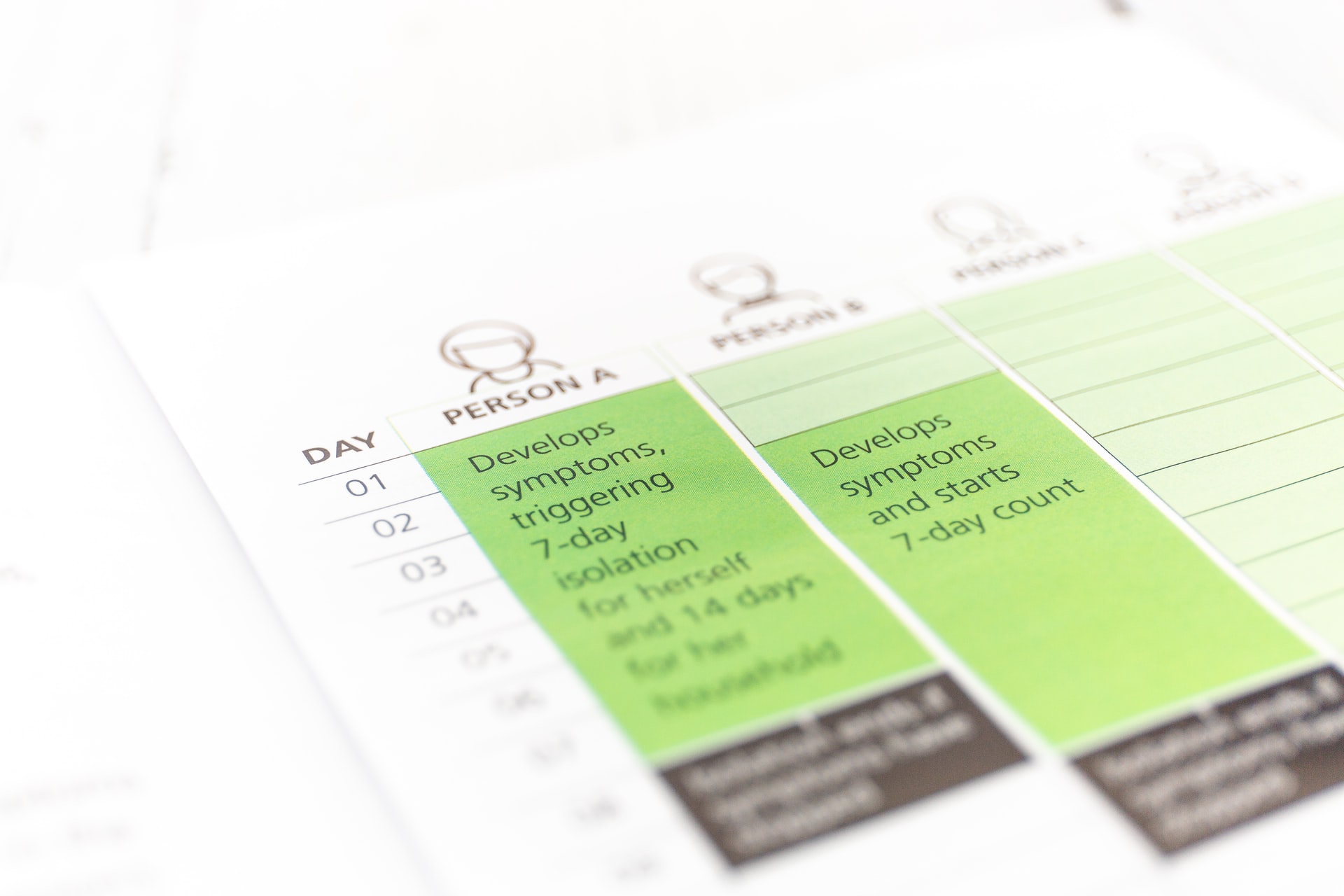The global community is rushing to respond to new variants of the novel coronavirus, which appear to spread faster than their earlier counterparts.
The Australasian Society for Infectious Diseases yesterday called on the New Zealand Government to begin its COVID-19 vaccination programme as soon as possible, saying the country is currently “at greater risk” from the spread of the so-called UK variant. Additionally, almost New Zealanders returning from abroad will soon be required to provide a negative test result before boarding a flight to New Zealand in an effort to keep the new variants at bay.
The SMC asked experts to comment on what we know about these new variants and how they may impact New Zealand’s COVID-19 response.
Professor David Hayman, School of Veterinary Science, Massey University, comments:
“The UK SARS-CoV-2 variant, called B.1.1.7, that has emerged in the UK and is spreading rapidly looks a particular problem, because the evidence really does suggest that this variant is more transmissible than the previous viruses circulating to date. The rise in cases in the UK is very worrying. There is less information on the South African viruses also detected.
“However, there have been two recent reports [see here and here] that are quite important regarding the recent B.1.1.7 variant that suggest the ways to detect and, most importantly, control either variant are no different to before, but control becomes harder because of the higher infectivity. This will really test the border processes and the staff working there will need all the support they can get.
“Those reports address key issues regarding the diagnostic capabilities of the molecular tests used to detect SARS-CoV-2 and how the mutations affect the human antibody response to the virus, which is important because if the variant is sufficiently different, vaccination may be less effective and reinfection more likely.
“Both reports suggest that, while different, the variants are close enough to the other SARS-CoV-2 variants that there should be very little if any loss of diagnostic capability by the molecular tests or changes in immune response. These are reassuring, however, neither report is peer reviewed and the findings are preliminary. More data are needed to be sure, along with continuous monitoring for changes.
“It is clear that we need to reduce infection globally as much as possible to prevent the likelihood of additional variants arising. Moreover, this is a really important time to remind everyone that we still need to be living under the Level 1 guidelines, so recording where we visit and ideally using the COVID Tracer app, practicing good hand hygiene, staying at home and getting tested if you are unwell are all really important.
“We want to do everything we can to prevent any onward spread should it slip through the border controls and enter the country.”
No conflict of interest
Professor Michael Plank, Te Pūnaha Matatini and University of Canterbury, comments:
“A new variant of COVID-19 called B.1.1.7 has spread widely in the UK and been detected in many countries around the world. Another variant that shares some of the same mutations has been found in South Africa. Both these new variants have recently been detected in managed isolation in New Zealand.
“There is no evidence that either of these new variants causes more severe disease than the original. But, there is strong evidence that the B.1.1.7 variant spreads more easily from one person to another. This means that the number of new cases per infected person (the so-called R number) is 40-70% higher than the original strain. This is a serious concern because of the potential for explosive exponential growth.
“This news has important consequences for New Zealand. The risk of the new variant leaking through our border defences is higher because there is a greater chance of a quarantine worker getting infected. If there is a community outbreak of the new variant, it will spread much faster. An increase of 50% in the transmission rate might not sound like a lot but can quickly lead to much bigger outbreaks because it gets compounded by exponential growth. For example, the original strain of COVID-19 would typically infect about 160 cases after five links in the chain, whereas the new variant will typically infect about 1000 cases in the same time.
“This means that if we do get a community outbreak, we may need stricter restrictions to bring it under control. All the tools we have developed to fight COVID-19 will still be effective, but we will need to use more of them. Alert Level 3 was effective in containing the August outbreak, but it’s likely we would need to use Level 4 to have the same effect on the new variant. And restrictions might need to be in place for longer to eliminate the virus.
“Beefing up our border controls to keep the virus out is a good idea. The government has introduced an additional day 0 test on arrival and a pre-flight test for people departing from the USA or the UK. These are both useful additions to our border defences. But, since the new variant is spreading rapidly around the world, it would be sensible to extend these requirements to all arrivals. A period of pre-travel quarantine would also help to reduce the number of cases arriving at our border.
“There is no evidence that existing vaccines are any less effective against either of the new variants. However, the increased transmission rate means that we will need to vaccinate a higher proportion of New Zealanders to achieve population immunity against COVID-19.”
Conflict of interest statement: I am partly funded by MBIE for research on mathematical modelling of COVID-19.
